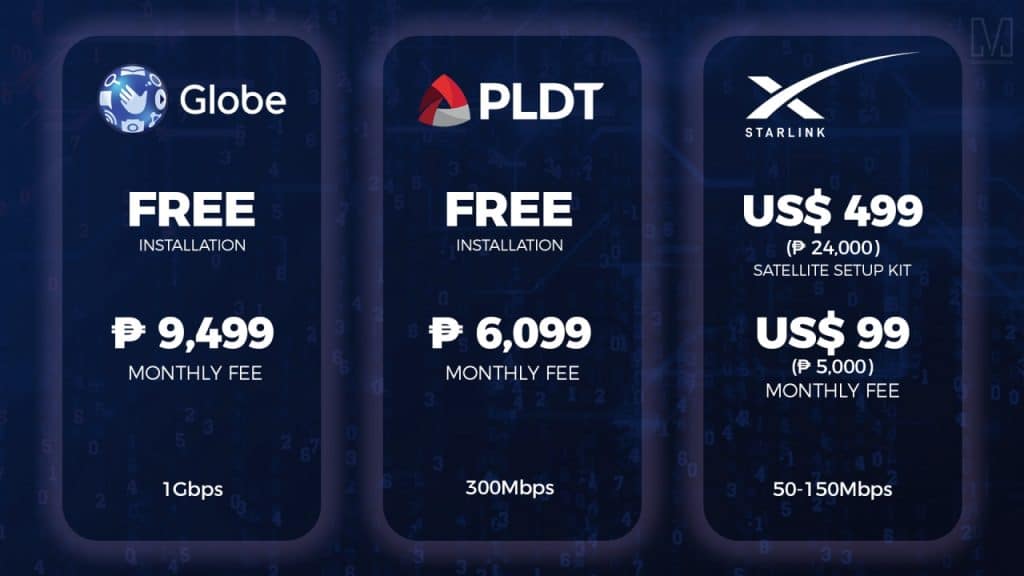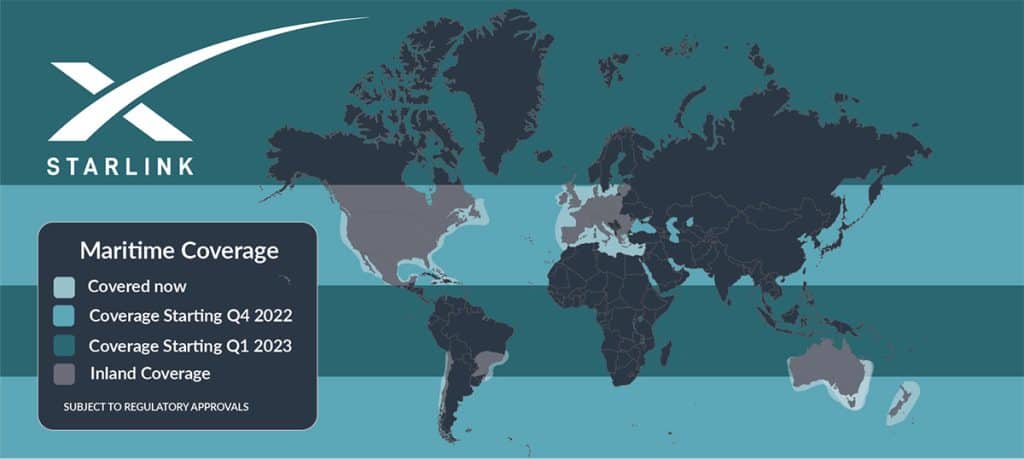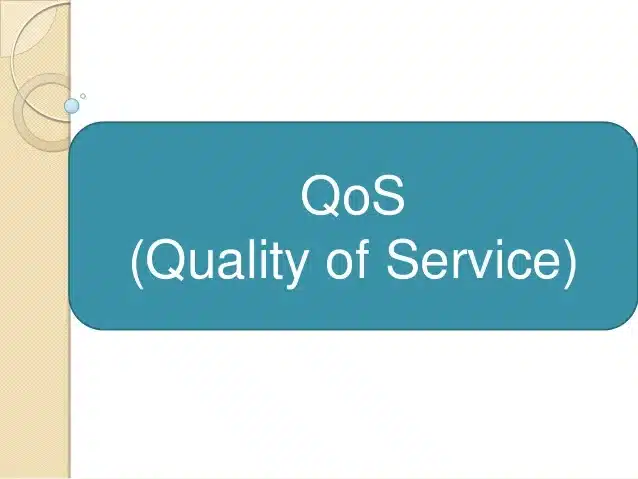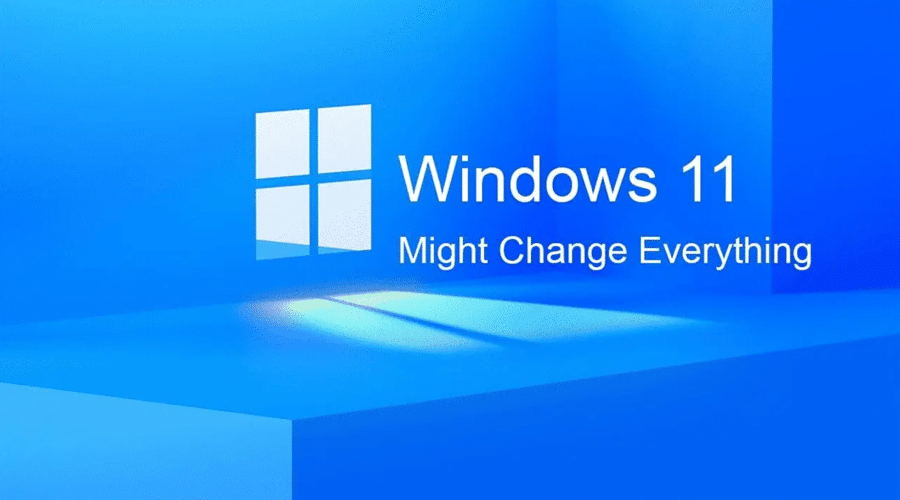In today’s digital age, the role of Internet Service Providers (ISPs) is more critical than ever. As the gatekeepers of internet access, traditional ISPs have long dominated the market, offering a range of services that vary in speed, reliability, and cost. However, the landscape is undergoing a seismic shift with the entry of Starlink, a satellite-based ISP backed by SpaceX. This revolutionary service aims to redefine what we can expect from our internet connection, especially in areas poorly served by traditional ISPs. This post will delve into a comprehensive comparison between Starlink vs. traditional ISPs, examining various factors such as speed, cost, and quality of service to help you make an informed decision.
Contents
The Changing Landscape Of ISPs

For years, traditional ISPs have been the go-to option for internet connectivity. These providers, often offering services through DSL, cable, or fiber-optic connections, have a stronghold in urban areas but often fall short in providing reliable services in rural regions. The market has been crying out for an alternative, and that’s where Starlink comes into play.
Starlink, a venture by SpaceX, is not just another ISP; it’s an ambitious project that aims to provide high-speed internet globally using satellites. Already operational in the United States, Canada, and the United Kingdom, Starlink is poised to expand its reach. This expansion isn’t just about adding another name to the list of ISPs; it’s about offering a viable, perhaps superior, alternative to traditional services.
Speed And Reliability: A New Benchmark

When it comes to internet connectivity, speed and reliability often top the list of consumer concerns. Traditional ISPs generally offer a range of speeds, often up to 100 Mbps, but these numbers can be misleading. Factors such as network congestion and distance from the service hub can significantly impact actual speeds, leading to a less-than-ideal user experience.
Enter Starlink, with its promise of speeds up to 100 Mbps and impressively low latency as low as 20 milliseconds. What sets Starlink apart is the technology behind these numbers: a constellation of low-Earth orbit satellites that work in tandem to provide consistent, high-speed internet. This isn’t just about matching the speeds offered by traditional ISPs; it’s about setting a new benchmark for what consumers can expect from their internet service.
The Cost Factor

Cost is often a decisive factor when choosing an ISP. Traditional ISPs usually offer a range of plans, starting from basic packages that can cost as low as $50 per month. However, these costs can quickly escalate with added features, higher speeds, and, sometimes, hidden fees. Moreover, the advertised price often doesn’t include installation fees, which can be another financial hurdle for consumers.
Starlink, on the other hand, offers a straightforward pricing model. For $99 per month, users get access to high-speed internet, with a one-time installation fee of $499. While the upfront cost may seem steep, it’s essential to consider what you’re getting: potentially faster speeds, lower latency, and the freedom to set up anywhere. For many, especially those in rural or remote areas, this price point could be a worthwhile investment for a vastly improved internet experience.
Pros And Cons: A Balanced View

Choosing an ISP is not a one-size-fits-all decision; it depends on various factors like location, usage, and budget. While traditional ISPs have their strong points, such as a range of plans and sometimes bundled services like cable TV, they also have downsides like limited rural coverage and varying speeds. Starlink, too, comes with its own set of advantages and disadvantages that potential users should consider.
The most significant advantage of Starlink is its ability to provide high-speed internet in rural and remote areas, a domain where traditional ISPs have often failed. Moreover, the service promises impressive speeds and low latency, making it a strong contender in the ISP market. However, the service is not without its drawbacks. The most notable is the cost, with a relatively high monthly fee and a significant one-time installation charge. Additionally, Starlink’s current coverage is limited to specific countries, which means it’s not yet a global solution.
Bridging The Rural Gap

The digital divide between urban and rural areas is a growing concern. Traditional ISPs have often neglected rural regions, citing the high cost of infrastructure as a primary reason. This neglect has left rural communities with limited options, often having to make do with slow and unreliable internet connections. Starlink aims to bridge this gap by providing high-speed internet access to these underserved areas.
Currently in its beta phase, Starlink has already shown promise in delivering on its claims. With speeds up to 100 Mbps and low latency, the service is leveling the playing field, allowing rural users to enjoy the same quality of internet as their urban counterparts. This is a significant step forward in reducing the digital divide and could have far-reaching implications for rural communities, from improved access to education and healthcare to opening up new avenues for local businesses.
Quality Of Service: More Than Just Speed

Quality of Service (QoS) is a term that goes beyond just speed; it encompasses various factors like reliability, latency, and data caps that contribute to the overall user experience. Traditional ISPs offer a range of QoS, with premium plans providing higher speeds and, sometimes, better reliability. However, these services often come with data caps, which can be a significant limitation for heavy users.
Starlink promises not just high speeds but also low latency, offering a QoS that could be a game-changer. Moreover, Starlink provides unlimited data, a feature that is increasingly becoming a necessity in today’s digital age. When you factor in the consistency and reliability that come with satellite technology, Starlink presents a compelling case for those who demand a high QoS from their internet service.
Future Implications

The entry of Starlink into the ISP market is not just a current event; it’s a glimpse into the future of internet connectivity. With its ambitious plans and cutting-edge technology, Starlink has the potential to redefine the ISP landscape, forcing traditional providers to up their game. This competition could lead to better services and, possibly, more competitive pricing from traditional ISPs.
However, it’s not just about the here and now. As Starlink continues to expand its satellite constellation and coverage, the long-term implications could be monumental. Imagine a future where high-speed internet is accessible from every corner of the globe, leveling the playing field in ways many can only begin to comprehend. While it’s too early to predict the full impact, one thing is clear: Starlink is a disruptor that traditional ISPs cannot afford to ignore.
Will You Make The Switch To Starlink?
Ready to rethink your internet options? Starlink is shaking up the ISP game, offering blazing speeds and global reach that could make your current service look like a relic of the past. It’s not just a new choice; it’s a wake-up call to traditional ISPs and a beacon of possibilities for consumers. Don’t just settle; explore, compare, and get ready for an internet revolution that could change the way you connect to the world!


